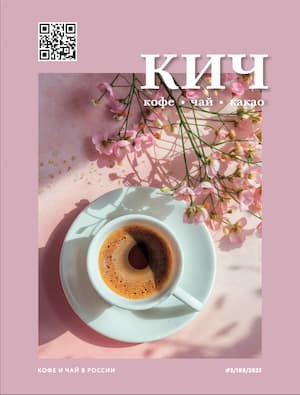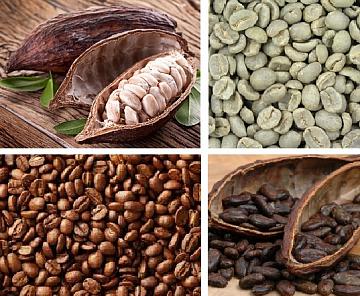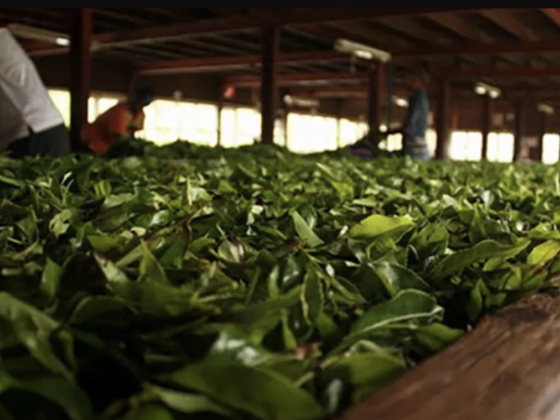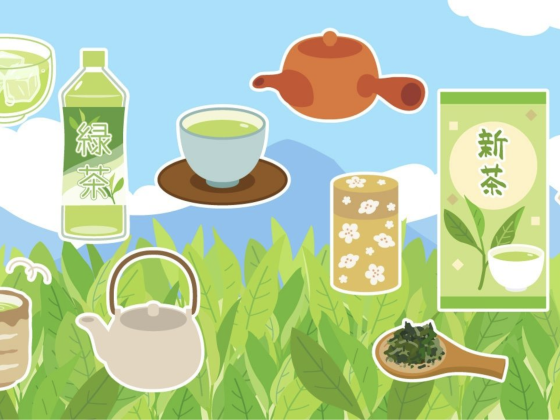ed to that human form. That connection may come through obvious floral aspects, or in the blending of colors and subtle shapes that form the background setting of the piece. The philosophy of his art is to translate the experience of the real world into an abstract representation that is not restricted by physical boundaries or the demands of reality. His images convey emotions and sensations by combining parts of the natural world, like geometric shapes and floral forms, into tangled, surrealistic images bursting with movement and meaning. s his philosophy to the actual process of creation, because even his paints are directly taken from nature (tea leaves, fruit, wheat, etc.). The dripping lines of liquid that criss cross his works add an ephemeral quality to each image, as though they could simply slip off the paper into a puddle on the gallery floor. The natural world is far from permanent, and we see it change or be destroyed more and more each day. Griffith’s art reflects this transience of nature, while the direction and patterns of the drip streaks lead a viewer’s gaze in a dynamic exploration of the entire artwork.
Some of his images have a distinctly haunting quality, almost Gothic, which reminds us that death is also a part of life. Morbid and Guilt (seen below) both possess a darkness or a violence not present in many of his pieces. That less pleasant imagery is a necessary element in his body of work, however, which seeks to express the full range of the human experience. Some of these more charged images are reminiscent of Abstract Expressionism and other modern movements, as though Jackson Pollock and Francis Bacon decided to collaborate with watercolors.
He does extend his subject matter occasionally, and in surprising ways. The two portraits below, depicting Nicholas the Second and Luke Skywalker, respectively, show a versatility to his style, and his technique continues to elicit unexpected emotions, even when the subject matter is well-known to the viewer. He is somewhat restricted in these portraits, however, as he must stay loyal to one specific fragment of reality (the subject of the portrait). Usually, Griffiths is free to allow fragments of randomness to combine into a suggestion of the real world.
Whether you’re a drinker, a thinker, or an art critic, there is certainly something compelling about Griffith’s work that makes you take a second look, and probably a third. He has received international attention and has exhibited throughout the world from the London Art Fair to Arts After Dark in New Orleans. His next moment in the spotlight of the art world will be a solo show beginning May 9th in Milan, Italy in conjunction with the OYA Gallery. So what do you think? Does this sort of art drop your jaw and inflame your curiosity? Or does it make you simply turn and look for another drink?
Source: inventorspot.com/articles/tea_and_vodka_and_brandy_oh_my









